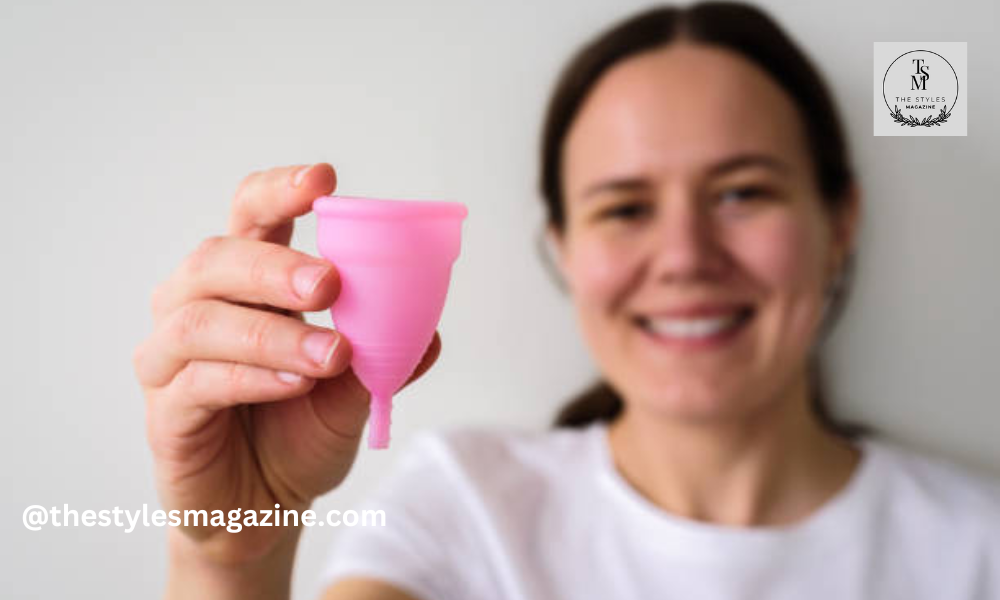Menstrual Care And Pelvic Organ Prolapse: What You Should Know
Pelvic organ prolapse affects millions of women, yet it’s rarely brought up when talking about period care. For those navigating prolapse, using traditional menstrual products, especially internal ones, can feel uncomfortable, unreliable, or even impossible at times. The good news is that with the right information, there are options that can work better for your body.
Understanding Pelvic Organ Prolapse
Pelvic organ prolapse happens when one or more organs in the pelvis, like the bladder, uterus, or rectum, shift from their usual position and press against the vaginal wall. This is often due to weakened pelvic floor muscles, which can occur after childbirth, with age, during menopause, or from long-term straining.
Some common symptoms include a heavy or full feeling in the pelvic area, urine leakage, and discomfort during movement. If you’re also managing a menstrual cycle, these changes can make internal period products feel like more of a challenge than a solution.
Why Menstrual Cups Might Be Difficult With Prolapse
Most menstrual cups are designed with a standard vaginal shape and cervix height in mind. But when prolapse shifts things internally, a cup might not sit comfortably or seal properly. This can lead to issues like:
- The cup feeling too long or firm
- Difficulty getting the cup to stay in place
- Leaks, even when the cup is inserted correctly
- Discomfort or pressure from improper fit
One of the main challenges is a lower cervix, which shortens the usable space inside the vagina. That means standard-length cups may feel intrusive or even painful, and they might not stay in place during the day.
How A Shorter Cup Can Help
If you have a low cervix or limited vaginal space, a shorter menstrual cup might make a big difference in both comfort and reliability. A shorter cup is less likely to bump into sensitive areas or shift during movement, and it can still collect your flow without needing to sit too high.
The MeLuna Shorty is an example of a menstrual cup made with these needs in mind. It is about 30 to 45 percent shorter than most standard cups and comes in different diameters and firmness levels, so you can choose what works best for your body and flow. It is not the only option out there, but it is one that is designed specifically for people dealing with lower cervix positions or prolapse-related changes.
A Few Things To Keep in Mind
Before trying a menstrual cup for low cervix, especially if you’ve been diagnosed with prolapse, it is always a good idea to check in with your healthcare provider or a pelvic floor specialist. They can help you understand whether a cup is suitable for you and offer advice on safe use.
If you are not sure about your cervix height, you can check it yourself during your period. This step can help you figure out which cup style and size might offer the most comfort and support.
Finding The Right Fit For You
Living with prolapse doesn’t mean you have to give up on using a menstrual cup. With a little extra guidance and the right design, it is entirely possible to find a product that fits your body and makes period care easier, not more complicated.
Look for brands that offer different cup sizes, lengths, and firmness levels, along with helpful customer support. Menstrual care should adapt to your changing needs and help you feel more comfortable and confident throughout your cycle.
Thank you for exploring our Blog! For additional captivating content, feel free to explore the corresponding category.
How Depomin82 Is Changing Different Industries: Technology, Business & Healthcare

